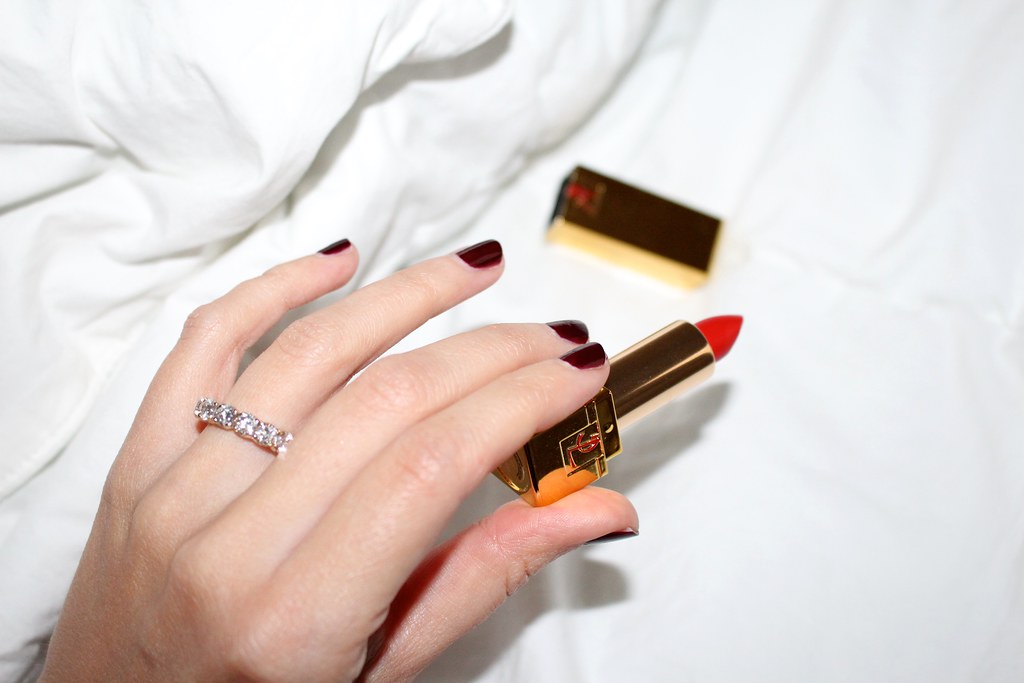
Just like you, I am a consumer. I may have more knowledge about jewelry, diamonds, value, and so on, but I’m still on the same side when it comes to buying jewelry.
So, as a consumer, I’m particularly confused by the Federal Trade Commission’s recent decision to update the definition of a diamond. In a nutshell, the FTC expanded the definition of a diamond to now include synthetic diamonds – or laboratory-created diamonds — because they have similar chemical properties as natural diamonds. However, they still require certain qualifiers like ‘synthetic’ or ‘man-made.’
The ambiguity of this decision has had my head spinning since this news broke over the summer. And I am a person who lives and breathes jewelry every day…it’s my job. I can only imagine how confused consumers are about this. As a professional, I want to help convey the important facts, and in turn, I hope you can help me spread the word to any family and friends who have diamond purchases coming up.
Natural diamonds (ie, those recovered from the earth) and lab-created diamonds are two very different products catering to different markets. There are significant differences in physical make-up, heritage, value, growth structure, and most importantly: rarity.
The truth about natural diamonds
Natural diamonds are one of mother nature’s greatest gifts formed deep within the earth billions of years ago. They are scarce and difficult to find – and the “youngest” diamond ever found is millions of years old. To hold a diamond is to understand intuitively that it is valuable. It’s not surprising that diamonds have represented love and connection throughout the ages – going all the way back to the Ancient Greeks, who said that cupid’s arrow was dipped in diamonds.
I’ve always been fascinated with thinking about the diamonds that I wear and the journey they have gone through — especially ones on my finger because I look at my hands so often throughout the day. I get lost in the sparkle. If I’m having a bad day or need some time alone, I find myself going outside and putting my diamonds in the sunlight, staring deep into every shine and twinkle. Knowing that they came from the earth and had a crazy journey to get to where they are today not only grounds me but connects me to this world in a riveting and meaningful way.
The truth about lab-grown diamonds
Synthetic diamonds are produced in industrial factories over the course of a few weeks, usually in Asia. Their inclusions and growth structures are different from natural diamonds, so they are easily recognizable with the right equipment. And this is what I’ve come to understand: Because they are man-made, the production restrictions are only theoretical – limited to what the machinery can create. They can be created in potentially unlimited quantities.
As the technology improves, the cost of making lab-grown diamonds will decline. For whatever reason, lab-gown producers have tethered their pricing to that of natural diamonds. But a new brand called Lightbox is probably going to change that. Lightbox has introduced much-needed transparency to the process, charging a maximum of $800 for a 1-carat lab-grown.
The eco-claims are another issue to which Lightbox will bring transparency. Their owners have said publicly that lab-grown diamonds don’t represent an eco-friendly option and have refused to market their brand this way. Synthetic diamonds are superheated to 1,600 degrees, requiring massive amounts of energy – in parts of the world where energy is often scarce. While the eco-claims of most synthetic diamond companies are totally unsubstantiated, the diamond industry shows – through numerous sustainability reports produced by large public companies – that the industry has been focused on continuous improvement over the last 20 years.
I hope the lines between diamonds and lab-grown diamonds become less blurred. Most consumers, in my view, will continue to be unsure and maybe even misled about what they are actually buying. The best thing you can do is equip yourself with knowledge and ask questions so you know the difference. And be sure to pass along this info to your loved ones.
This sponsored blog post was brought to you in collaboration with Real is a Diamond. All opinions are my own, they just happen to align with theirs as well.

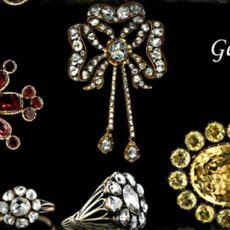
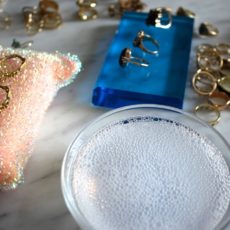
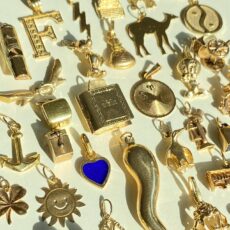

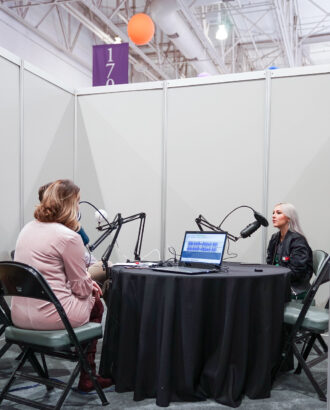
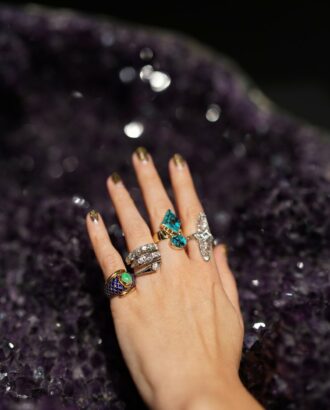
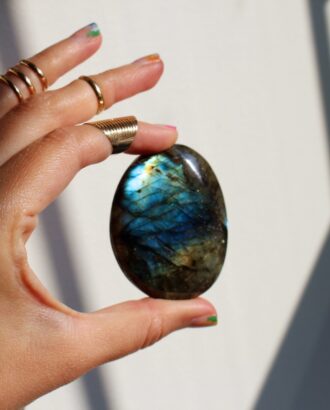
kat newkirk October 4, 2018 at 7:45 pm:
considering that the biggest diamond marketer now plans to sell man-made diamonds as well as dug-out-of-the-dirt, i think you’re right. confusion will reign. however, i’m also sick of hearing about diamonds’ supposed scarcity and rarity. this isn’t because most natural diamonds are scarce or rare, but that same big cartel now planning on selling man-made made the arbitrary decision to limit the amount of diamonds coming to market every year. yes, some stones are rare- the fancy intense colors or bigger sizes for example. these truly rare stones should command a higher price. but the average diamond? meh! too expensive by far.
another concern with the new FTC guides is how much gold does an item need to contain to be called gold? in the u.s., it was 10K. in the british commonwealth, 9K. in france and italy, 18K. but the new guidelines seem to remove any minimum requirement! will low-karat garnet gold become common? will prices reflect lower karats?
please reply!
Pam Newhart October 6, 2018 at 7:00 am:
I am a fan of Lightbox diamonds and plan on purchasing soon. I like the transparency in pricing, the transparency in supply line and the fact that we don’t need to dig big gaping holes in the earth to find them. It’s a win all around. I am very hopeful DeBeers can change the public perception of lab grown diamonds, and all lab grown gemstones for that matter.
I am also a big CZ fan. I think they get an unwarranted bad rap and have a solid place in every woman’s jewelry wardrobe. The Victorians used paste frequently in beautiful jewelry designs- same theory.
Very excited about all this- we all have the luxury of so many choices! Jewelry is a purely emotional purchase. Choose what speaks to you.